I was recently presented with an opportunity to review the Windows Phone 8X by HTC. I’ll admit, when tasked with this project, I was a little apprehensive as I typically shy away from Windows Phone devices. I’ll admit it, I’m a bit of an Android fanboy; but after a couple weeks using this new device, I have a new appreciation for HTC’s latest device and Microsoft’s Windows Phone 8 operating system.
Design
The Windows Phone 8X is Microsoft’s flagship model for Windows Phone 8 and you can easily understand why. This device is lean, mean, and clean. The 8X ships in various colors, including California Blue, Graphite Black, Flame Red and Limelight Yellow. The review unit I received is California Blue and it looks sharp. I was impressed how thin this device is compared to my old HTC Thunderbolt. Granted, the Thunderbolt is ancient by today’s crop of smartphones, so I would expect the 8X to be thinner. Even though there is only a few millimeter difference between the two devices (13mm vs 10mm), the curvature of the HTC 8X makes it feels more significant.
Looking at the front of the HTC 8X you will see the standard Back, Start, and Search buttons common to all Windows phone devices. Surrounding the glass you notice a thin blue trim providing a sleek, clean look to the phone. The front-facing camera is on the top left area of the phone right next to the speaker. The right side of the phone contains your standard volume rockers on the top third and towards the bottom, you will find a dedicated camera button. Personally, I’m glad to see a physical camera button as it does get frustrating at times relying on your display to know if you’ve snapped the photograph.
Moving to the top of the phone, you will notice the Power/Lock button on the right half and your standard 3.5 mm headphone jack on the left half. There is nothing on the left side of the phone, so let me direct you to the bottom of the device. Here you will find the micro-USB port. On the back, you will find the 8 megapixel camera with the LED light directly to its right. As expected, there is nothing unique about this configuration, but the camera is quite nice. I’ll get into that more later. Also, on the back of the device, you will find the HTC, Beats Audio, and in my case Verizon logo. The entire body is made of polycarbonate and feels comfortable when holding the device.
Display
The HTC 8X sports a 4.3-inch (1280×720) Super LCD 2 display which is protected by Gorilla Glass II. Looking at the display, you can easily notice how the 342 Pixels Per Inch(PPI) provides stunning image reproduction when looking at the phone. Colors on my phone seemed very vibrant and the text was very clear and easy to read. Scrolling on the phone was a pleasure as the touchscreen seemed very responsive and I didn’t notice any delays when scrolling between screens or browsing on the web. One thing I noticed that bothered me about the display is the auto-brightness feature on the phone. It seemed to struggle when transitioning from indoors to outdoors. Of course, this can always be adjusted manually, but I was hoping for better results.
Cameras
As many of us move away from dedicated cameras to our smartphone cameras for day-to-day use, it’s becoming increasingly important for a smartphone to have a high quality camera on board. The HTC 8X doesn’t disappoint when it comes to it’s camera. The rear-facing camera captures images at 8 megapixels and features a wide-aperture f/2.0 aperture lens allowing for good pictures, even in low light situations. HTC also included a dedicated image chip allowing for faster image focus and better quality pictures. Video recordings on the HTC 8X can be made in full 1080p with stereo sound, allowing you to capture those special moments in High Definition.
Those of you that enjoy video chat will enjoy the 2.1 megapixel front-facing camera on the 8X. It uses the same dedicated image chip and also has a f/2.0 aperture wide angle lens. Full HD recording is also possible with the front-facing camera. The combination of these features makes the front-facing camera on the 8X one of the best in the market.
With the HTC 8X, users are introduced to Microsoft’s new Windows Phone 8 Lenses. Lenses are plug-ins designed to extend the functionality of the camera. The default Lenses included are Bing Vision which is used to scan bar codes, QR codes and similar items. PhotoSync, which allows you to create 360-degree panoramas and finally, PhotoStrip. This lens acts as a photo booth by taking 5 shots one second apart and the duration between shots can be modified.
Overall, I found the camera to meet my basic photography needs. I am by no means a professional photographer, but the images I took using the HTC 8X were satisfactory to me and I’ve used a few as wallpaper on my devices. I did find it interesting that while the HTC 8X has an 8-megapixel camera, the default resolution is set to 6-megapixel. I’m not sure why HTC decided to do this.
When compared to the HTC Droid DNA and other HTC One series phones, the HTC 8X camera quality is a bit behind the curve. From what we’re learned from HTC, the imaging chip inside the devices is pretty much identical, so that leads us to believe that the extra graininess in the shots may have something to do with standard Windows Phone 8 camera app or the way the OS captures the image data before it is processed.
Software/Performance
The 8X is HTC’s flagship device for the new Windows Phone 8 platform and this new version of the software is excellent. I’m sure many of you have upgraded to Windows 8 for your PC and are aware of the “Metro” interface it uses. The new Windows Phone 8 looks very similar with a series of live tiles on your home screen. Each of these tiles can be re-sized and moved, making it very easy to customize your homescreen.
Windows Phone 8 also includes Near Field Communication(NFC) that allows you to easily share with other devices by simply tapping the devices together. This option is called Tap+Send in Windows Phone 8 and will display as an option when attempting to share content. Here are some (not all) of the types of content that can be shared via the Tap+Send mechanism: Apps, Photos, Videos, Contacts, and web pages.
You’ve probably heard of Google Wallet and Apple’s Passbook which allow you to use your credit cards and other reward card with your mobile device. Microsoft didn’t want to be left out and they have included the Microsoft Wallet Hub which functions the same way. Additionally, third-party vendors can insert coupons into your Microsoft Wallet, giving you valuable discounts on your purchases.
Xbox 360 users will appreciate the integration added in Windows Phone 8. Gamers out there will be excited to know that Windows Phone 8 Xbox Live has been updated and many titles are available to play on your phone. However, the feature I personally like the most is Microsoft’s SmartGlass app. SmartGlass does require an Xbox membership, but it allows you to control your Xbox 360 from your phone. Microsoft is also working with third-party developers to bring additional content for specific games to the SmartGlass application. I can see this being useful in games such as Battlefield 3. I’d love to see my stats on my phone without having to open another window inside the game. Microsoft has also re-branded the Zune marketplace a few months back to the new Xbox Music. Windows Phone 8 allows you to easily connect to the Xbox music service to listen to your favorite audio tracks while on the go.

Have you ever looked at your cell bill and noticed you went way over the allowed data on your plan? Microsoft understands this and has created a new tool called Data Sense. This feature allows you to easily see the data used during your billing cycle. You can see an overview via a Live Tile, and for those curious types, selecting the tile will open a window which details specific app data usage. Another nice feature about Data Sense is the ability to automatically disable background tasks for you as your data usage approaches your monthly limit. Data Sense also tries to help you minimize your data usage by compressing web pages as you view them in Internet Explorer.
The performance of the HTC 8X was better than expected. The dual-core 1.5GHz Snapdragon S4 processor and 1GB RAM provide sufficient processing power to easily handle software applications and all fo the 3D games currently available in the app store. Transition between menus and applications is smooth and I didn’t notice much of any lag in the device. While the processor inside the HTC 8X is identical to what HTC has been using for its flagship Android phones, it impossible to draw a direct comparison between them since the underlying operating systems are dramatically different.
Battery
The battery on the HTC 8X is not ideal by today’s standards. The battery inside the 8X is only 1800mAh, but what frustrates me the most is that it’s non-removable. I’m OK with a smaller battery, but I’d like the option to use another battery and simply swap it out if needed. My daily phone use is skewed towards the light side, so the smaller battery on the HTC 8X did not present a significant issue to me. I was able to get through the day on one battery charge. Heavy phone users will need to make sure a charger is nearby as it’s likely that you will need to charge your device sometime during the middle of the day. Windows Phone 8 does provide a utility to help improve battery life by stopping background services when then phone is in standby mode. You will continue to receive calls and texts, but all other applications will be shut down if they are not being used.
Conclusion
The HTC 8X running Windows Phone 8 was an interesting experience for me. Windows Phone 8 is a good operating system that does offer a few native applications that many will find useful. The Kids Corner feature was great for me given the fact I have three small children that love playing on the phone. The battery life on the 8X was good enough for me, but I know not everyone will feel the same. Microsoft’s Windows Phone 8 world is not as robust as Android, but that should change if HTC continues to produce phones like the HTC 8X. I’m glad I had the opportunity to examine this device, but for now I’ll stick with what I’m most familiar with, the Android ecosystem.
Thanks for taking the time to read this review and tell us your experience with the phone in the comments section below.




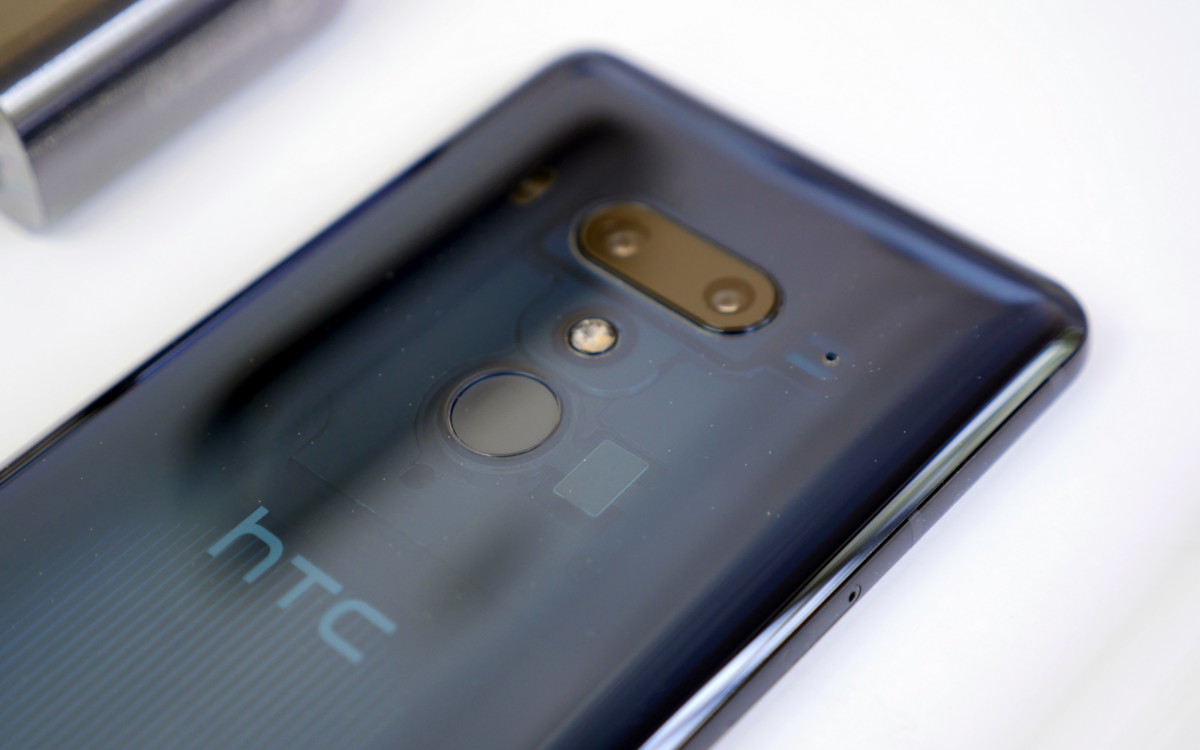
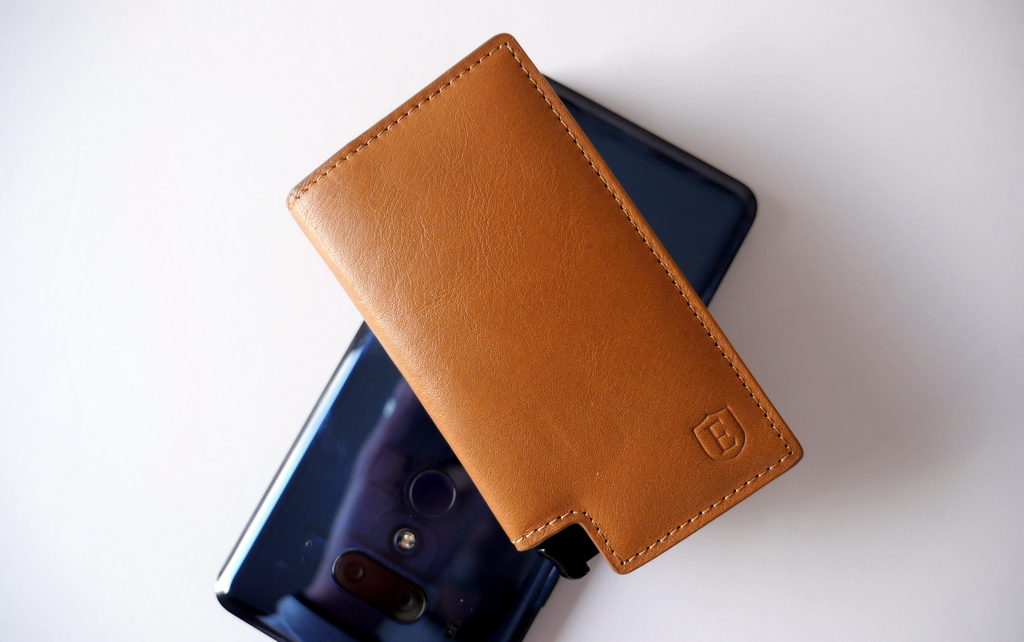

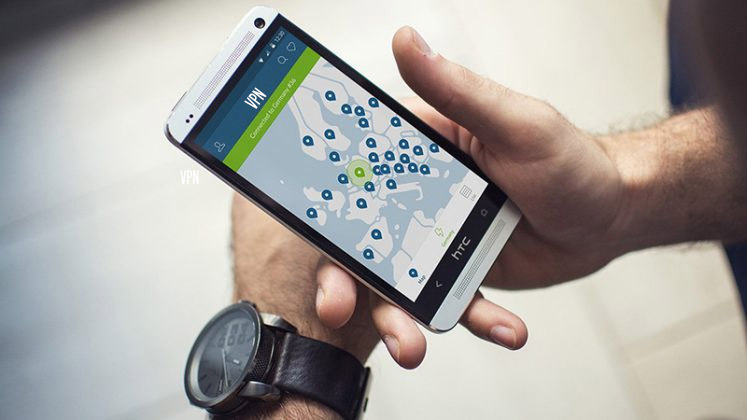
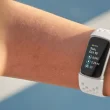

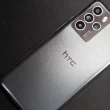
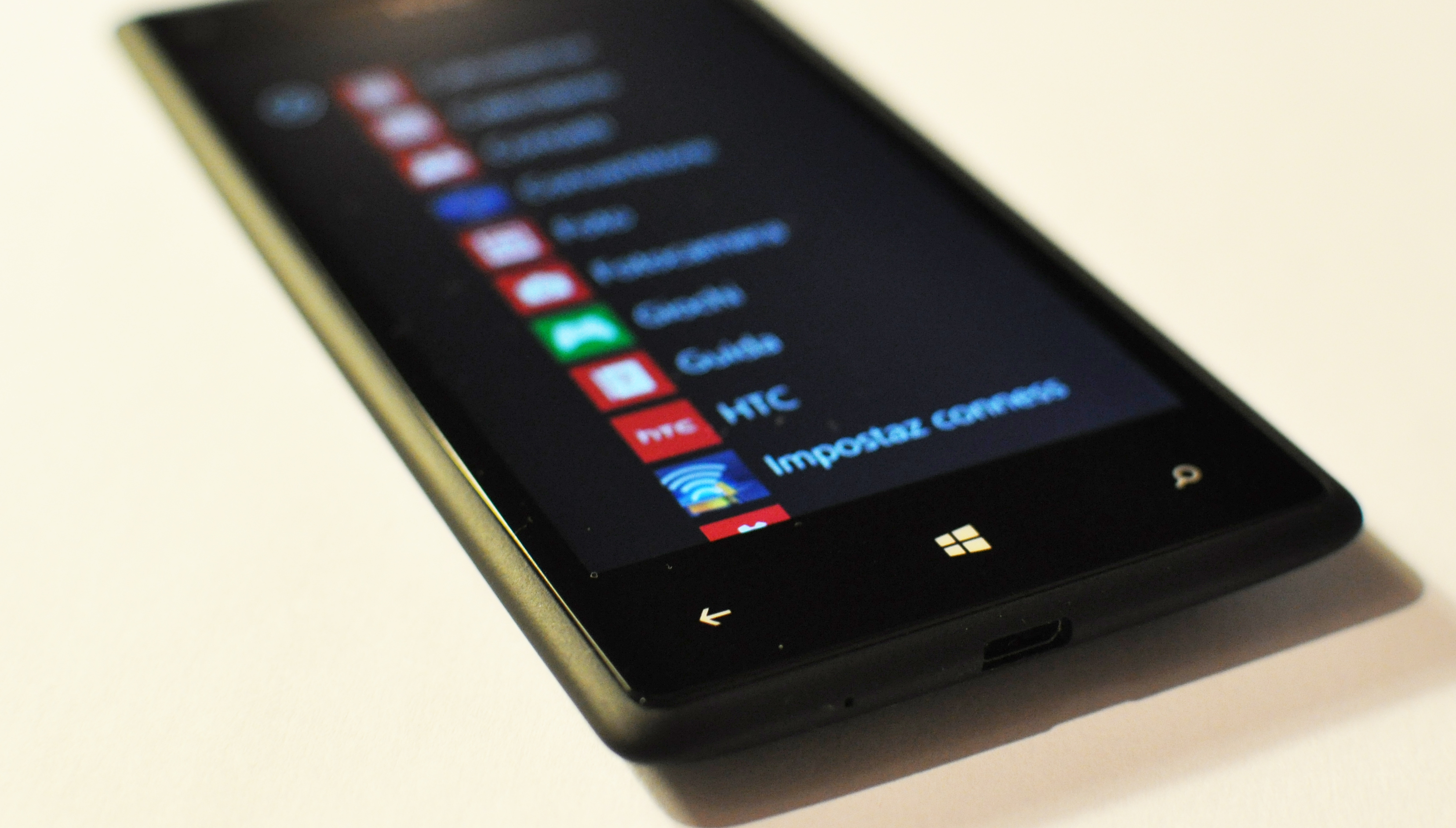

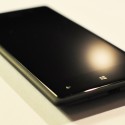
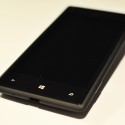
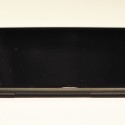
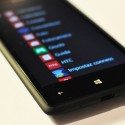
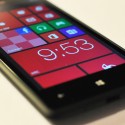











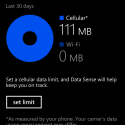


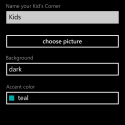

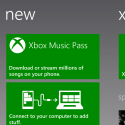
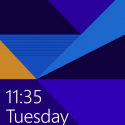
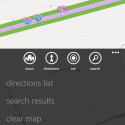
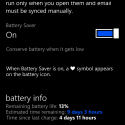

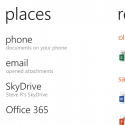
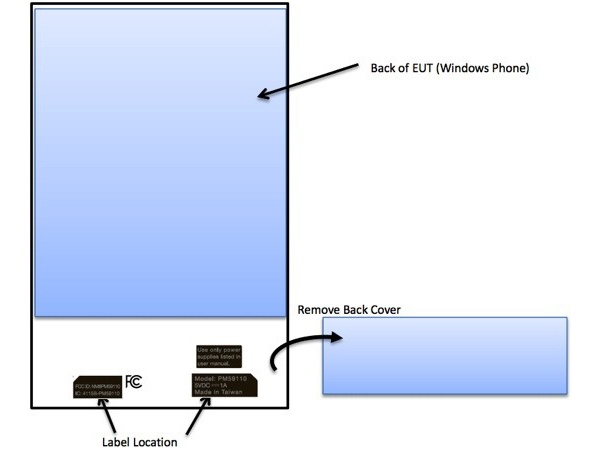
I feel that the Windows Phone OS is pretty good, but the Achilles heel of the OS is definitely the app store and the services, like Bing Maps. Microsoft is probably working hard on improving both, but without those, I think the Windows phone is only suitable for older people.
Windows Phone 8x has eye-catching build and looks wonderful with solid camera and a good battery life. These features might be the source of attraction for consumers.